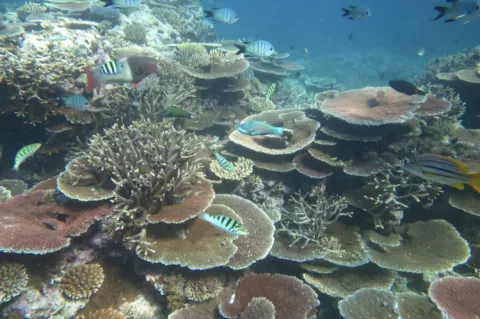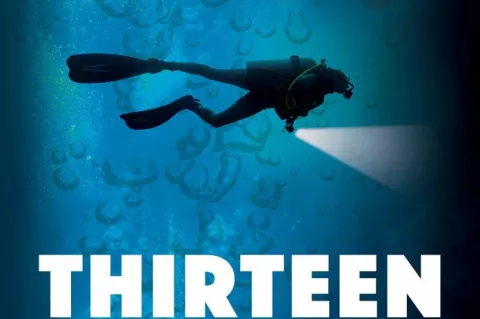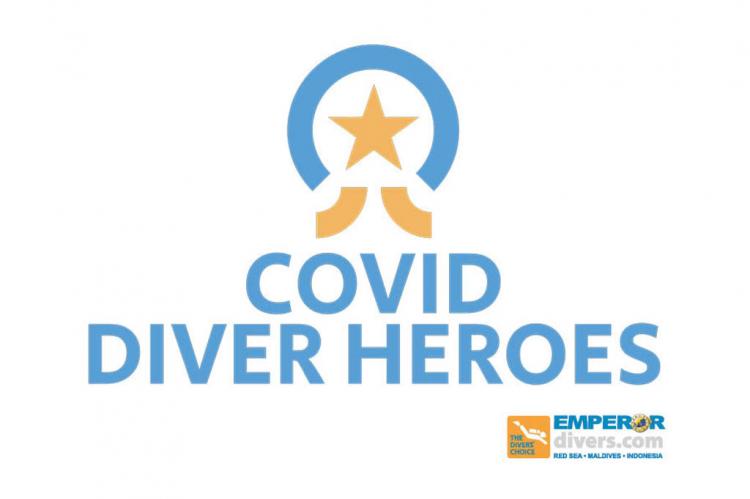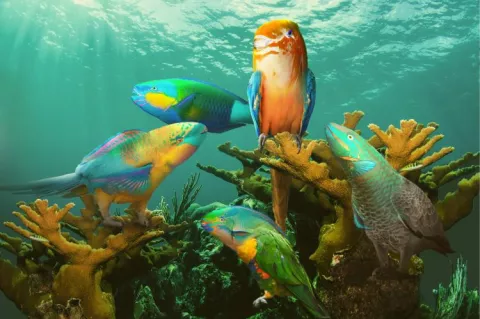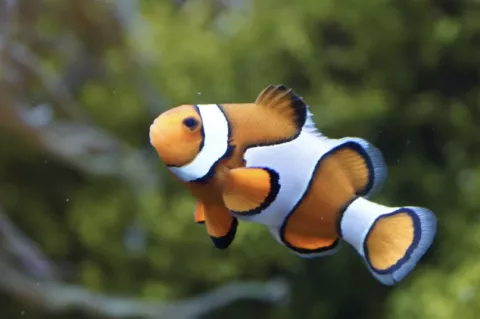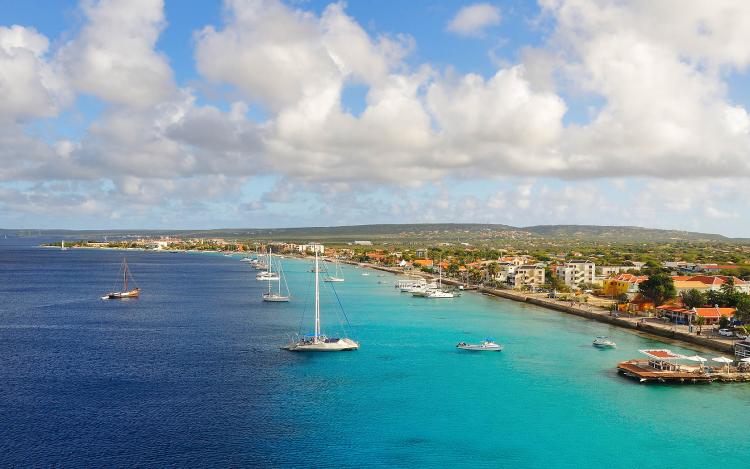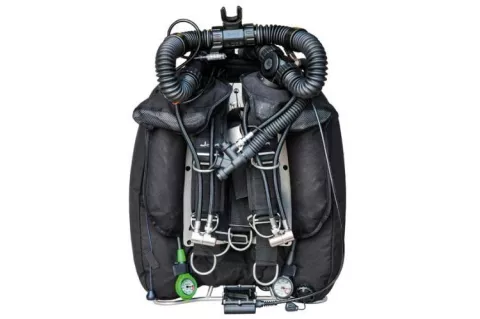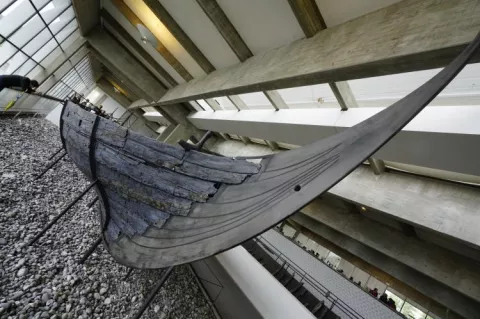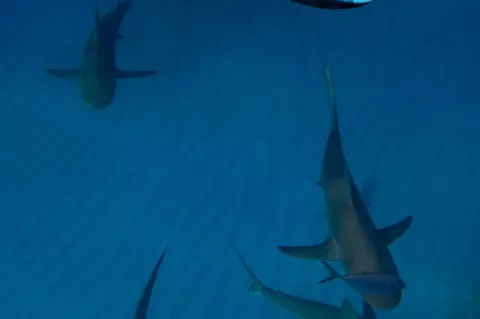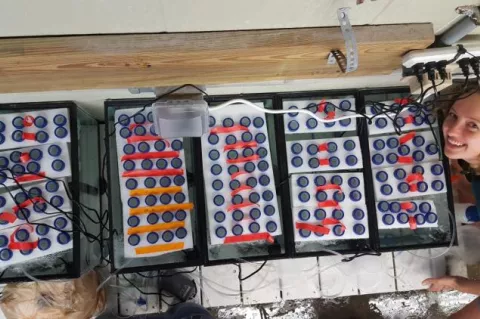DAN Welcomes 2021 Research and Safety Interns

The DAN Internship Program was created more than 20 years ago to give qualifiedstudents valuable experience in dive safety research. While the program is still research-oriented, its scope has expanded over the years to include projects that focus on other facets of DAN’s mission to help divers in need of emergency medical assistance and to promote dive safety through education.


